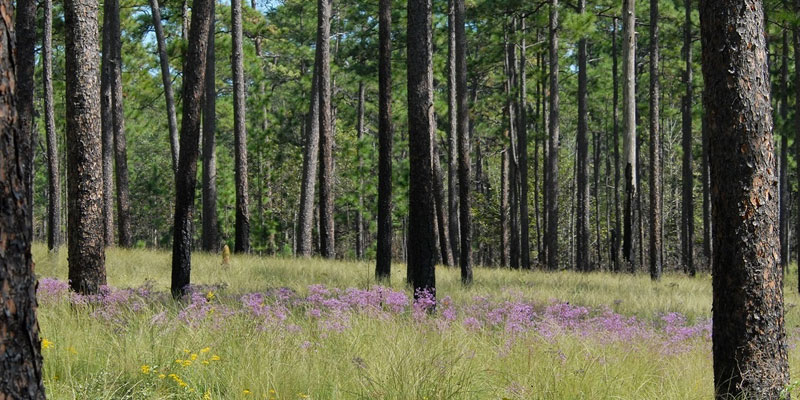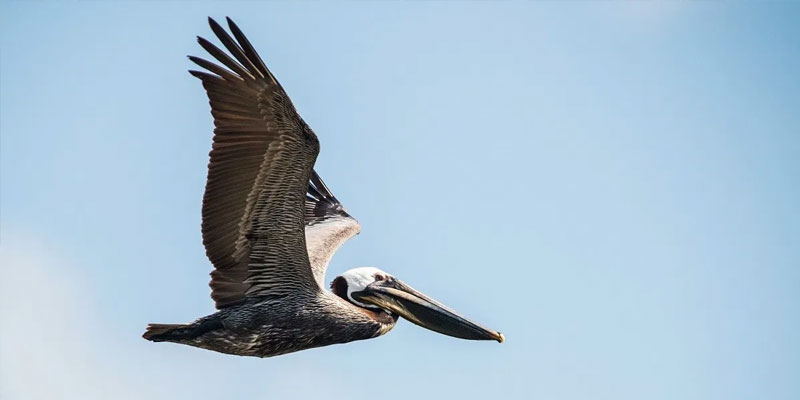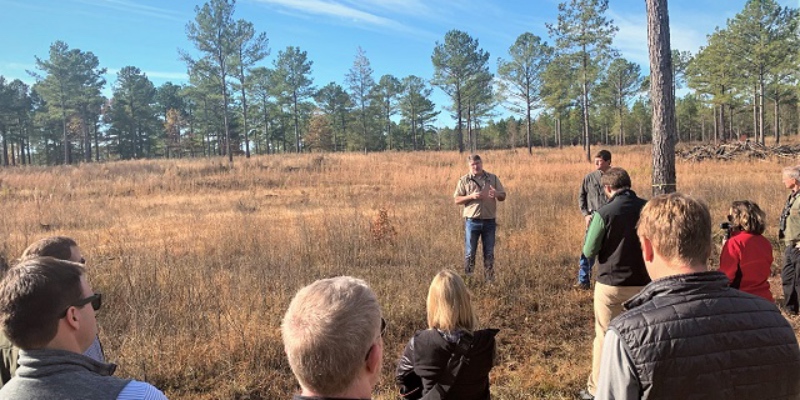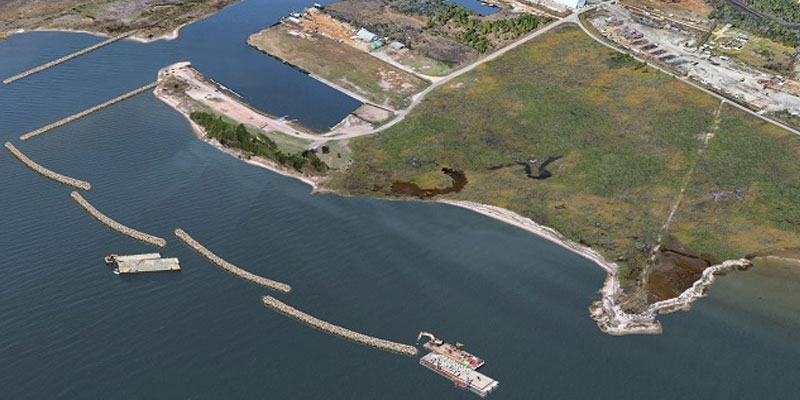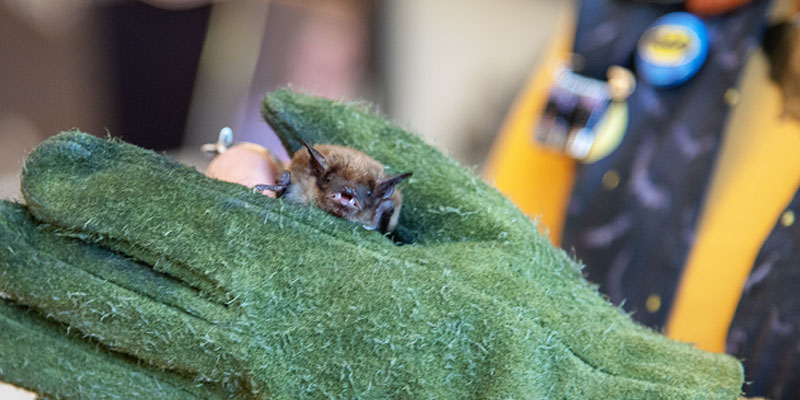From helping preserve and enhance the state’s longleaf pine forests and coastal habitat, to supporting protection of rare species such as the red-cockaded woodpecker, Alabama will benefit from multiple grants just announced by the National Fish and Wildlife Foundation (NFWF).
Alabama Power and its parent, Southern Company, are among the supporters of NFWF.
Across the Southeast, NFWF awarded more than $6.3 million in grants to restore, enhance and protect longleaf pine forests in nine states.
The 24 grants will support conservation work in Alabama, Florida, Georgia, Louisiana, Mississippi, North Carolina, South Carolina, Texas and Virginia. Together, the grants are expected to establish nearly 11,000 acres of longleaf pine forest and improve more than 305,000 additional acres across the longleaf pine’s historic range.
The grants also will support the recovery of several rare species, including the red-cockaded woodpecker in Alabama and the reticulated flatwoods salamander in Florida.
The grants were awarded through the Longleaf Stewardship Fund, a public-private initiative involving multiple partners, including Alabama Power, Southern Company, the U.S. Department of Agriculture’s (USDA) Natural Resources Conservation Service, the U.S. Forest Service, the U.S. Department of Defense, the U.S. Fish and Wildlife Service and others.
“Longleaf pine forests are one of the world’s most biodiverse and vulnerable ecosystems, providing essential habitat for 29 endangered and threatened species,” said Jeff Trandahl, executive director and CEO of NFWF. “The Longleaf Stewardship Fund brings together government agencies, private corporations, foundations and landowners to strategically restore longleaf habitat at a scale that is only possible through public-private collaboration.”
The longleaf pine ecosystem once encompassed more than 90 million acres across the Southeast but has been reduced to only about 5 percent of its historic range. Trandahl said this ecosystem possesses tremendous biodiversity, providing habitat for wildlife such as the threatened or near-threatened gopher tortoise, indigo snake and Bachman’s sparrow, as well as important game species such as northern bobwhite quail, wild turkey and white-tailed deer.
“Alabama Power and Southern Company remain committed to the restoration of historic and important longleaf forests in our state and across the Southeast,” said Susan Comensky, Alabama Power’s vice president of Environmental Affairs.
NFWF also announced an additional 46 grants totaling $1.7 million to improve water quality and aquatic habitats in 22 states and the District of Columbia. The Five Star and Urban Waters Restoration Program advances community stewardship of local natural resources across the country. Since 1999, the Five Star and Urban Waters Restoration Program has supported almost 1,000 projects, with more than $12.8 million in federal funds, $11.3 million in private and corporate contributions, and $78.8 million in local matching dollars.
“These grants will help communities preserve and improve water quality and help improve habitats for aquatic animals,” Comensky said. “There will be the added benefit of public access and recreational opportunities in some of the projects, including one at Mobile Bay.”
The following Five Star grants were awarded in Alabama:
- Weeks Bay Foundation to help restore the Rio Vista and Rangeline Preserves. The grant will enhance two foundation-held properties, including invasive plant removal, planting of native species and trail construction. The project will restore 90 acres of public access on both sides of Mobile Bay.
- The Nature Conservancy to accelerate longleaf pine conservation on more than 10,000 acres of public and private land in east-central Alabama and west-central Georgia. The project will focus on areas around Fort Benning and Tuskegee National Forest and improve habitat for several threatened species.
- Forest Landowners Association to help engage large family forest landowners in longleaf restoration and conservation of at-risk species throughout the historic range of the longleaf pine. Special focus will be on areas affected by Hurricanes Florence and Michael.
- The Longleaf Alliance to restore and maintain more than 45,000 acres of longleaf pine habitat in southern Alabama and northwestern Florida to benefit several threatened species. The Longleaf Alliance also received an additional grant to relocate endangered red-cockaded woodpeckers from Apalachicola National Forest to designated recovery properties.
- The University of Tennessee (Ag Research) to support northern bobwhite quail population and habitat growth in Alabama, Georgia, Louisiana and Virginia.
- Alabama Forestry Foundation to engage family forest owners in a 27-county area of south Alabama to restore and enhance longleaf forests and improve habitat for at-risk species.
Support for Five Star grants comes from the Wildlife Habitat Council, U.S. Environmental Protection Agency, USDA Forest Service, U.S. Fish and Wildlife Service, FedEx, Southern Company, Shell Oil Company and others.
“The Five Star and Urban Waters Restoration Program supports community partnerships that restore and enhance our nation’s fish and wildlife, while at the same time improving water quality and habitat for plants and animals,” Trandahl said. “The 46 grants announced today will help local communities thrive by increasing resilience, improving green infrastructure and supporting the people and wildlife that call these places home.”
Learn more about Alabama Power environmental stewardship efforts at www.alabamapower.com. Click on “Our Company,” then “The Environment” and then “Stewardship.”
(Courtesy of Alabama NewsCenter)




